Chlorosis in Crape Myrtles
shankins123
11 years ago
Related Stories
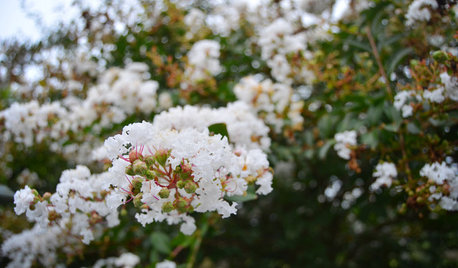
GARDENING GUIDESBrighten Any Garden With White Crape Myrtle
A terrific supporting player to other plants, white crape myrtle can help a walkway or other parts of a landscape gleam
Full Story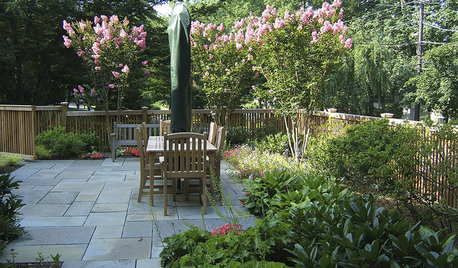
GARDENING GUIDESGreat Design Plant: Crape Myrtle
With long-lasting blooms and gorgeous exfoliating bark, this ornamental tree brings bright color and a unique form to the landscape
Full Story
GARDENING GUIDES5 Best-Behaved Trees to Grace a Patio
Big enough for shade but small enough for easy care, these amiable trees mind their manners in a modest outdoor space
Full Story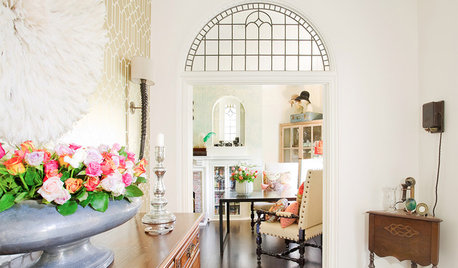
DECORATING GUIDESHouzz Tour: Arts and Crafts Cottage Gets a Lively Remake
An interior designer uses color, light and historical touches to brighten up a 1920s Sydney home
Full Story
FALL GARDENING6 Trees You'll Fall For
Don’t put down that spade! Autumn is the perfect time for planting these trees
Full Story
TREES7 Deer-Resistant Flowering Trees to Plant this Fall
If you live in a neighborhood with roaming deer, consider these beautiful trees that won't tempt hungry guests
Full Story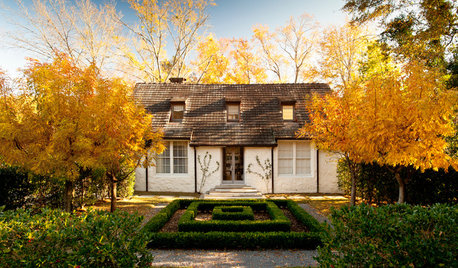
GARDENING GUIDES6 Plants for Colorful Fall Foliage in the Water-Wise Western Garden
Try these colorful, drought-tolerant additions to your garden for a fall season filled with color
Full Story
GARDENING GUIDES10 Solutions for Soggy Soil
If a too-wet garden is raining on your parade, try these water-loving plants and other ideas for handling all of that H2O
Full Story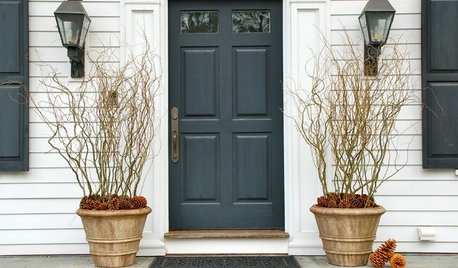
WINTER GARDENINGBranches Bring the Winter Spirit to Container Gardens
Add dimension and drama to winter pots with branches from austere to downright colorful
Full Story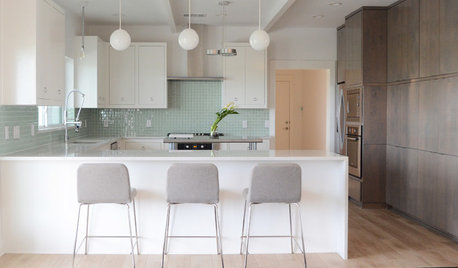
HOUZZ TOURSMy Houzz: Sleek and Chic in the Lone Star State
Cosmopolitan flair springs up in the Texas countryside, courtesy of a jewelry designer and her husband
Full Story





Okiedawn OK Zone 7
shankins123Original Author
Related Professionals
Bellflower Landscape Architects & Landscape Designers · Rancho Palos Verdes Landscape Architects & Landscape Designers · Signal Hill Landscape Architects & Landscape Designers · Harvey Landscape Architects & Landscape Designers · Canton Landscape Contractors · College Park Landscape Contractors · Forest Hills Landscape Contractors · Fort Myers Landscape Contractors · Shoreview Landscape Contractors · Wethersfield Landscape Contractors · Conroe Decks, Patios & Outdoor Enclosures · Lenexa Decks, Patios & Outdoor Enclosures · St John's Kirk Decks, Patios & Outdoor Enclosures · West Bend Decks, Patios & Outdoor Enclosures · Scotts Valley Decks, Patios & Outdoor EnclosuresOkiedawn OK Zone 7
shankins123Original Author
Okiedawn OK Zone 7
shankins123Original Author
Okiedawn OK Zone 7